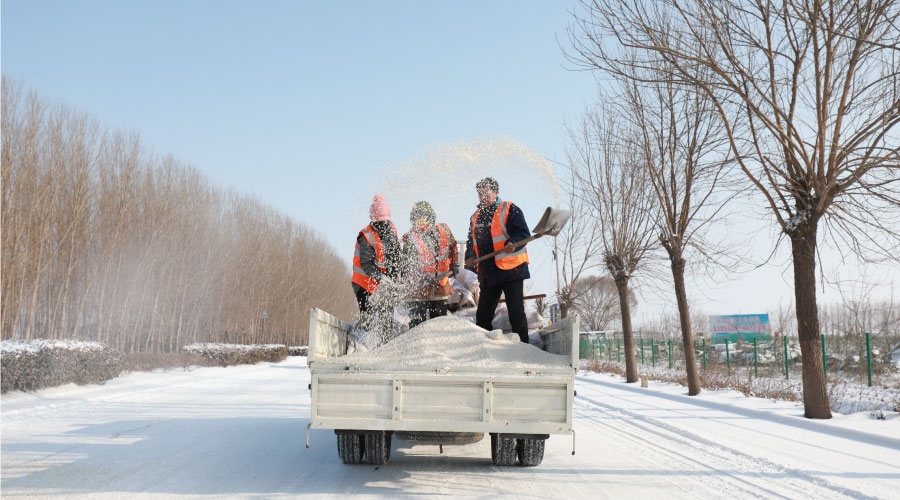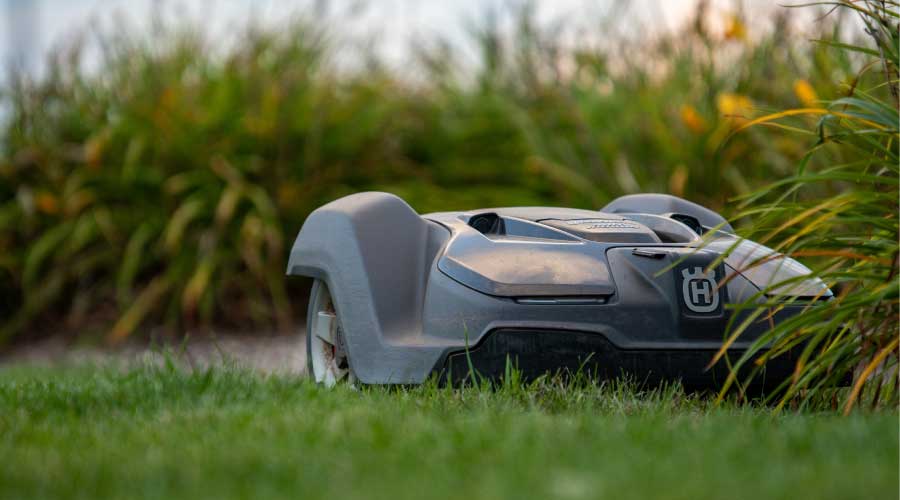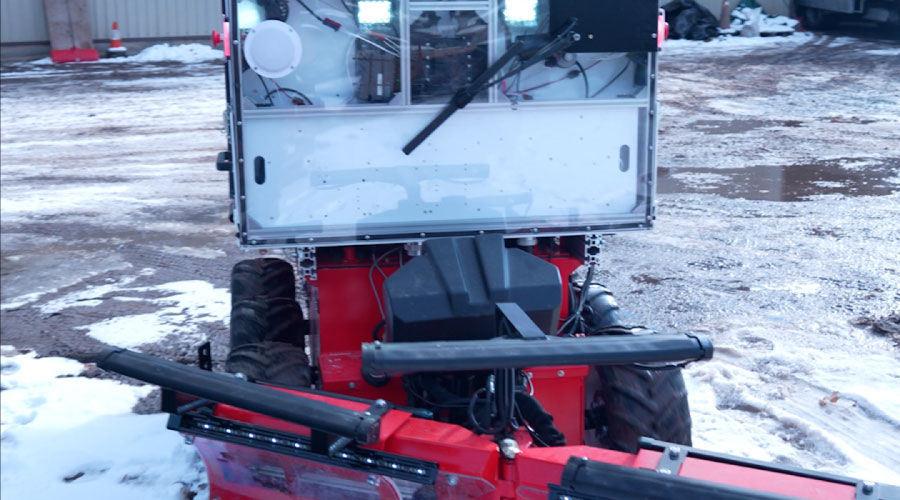LEED Certification: Hardscape Management and Water-Conservation Strategies
Typically, as more buildings become LEED certified, managers whose organizations are pursuing certification can look at the experiences of comparable buildings and apply lessons learned. Philips Arena did not have that luxury. The committee leading the certification effort had to find buildings with both an NBA and NHL franchise.
“At the end of the day, there were no real comparisons to draw parallels to,” Henson says.
Philips Arena completed a handful of projects in each of the rating system’s six categories — sustainable sites; water efficiency; energy and atmosphere; materials and resources; indoor environmental quality; and innovation in operations — to earn 39 points and LEED certification.
Sustainable Sites. Landscaped areas outside the arena are limited, but staff developed a hardscape-management plan, which includes more intense cleaning of concrete to increase reflectivity, to earn points under Credit 7.1, Heat Island Reduction, Non-Roof. The arena also contracts its landscape maintenance services and makes sure the company follows green practices, including composting clippings and trimmings.
Water Efficiency. Atlanta is the largest U.S. city serviced by the smallest aquifer per capita, Henson says, so initiatives to conserve water are critical. The arena installed urinals that use one-half gallon per flush during original construction in the late 1990s, and it has added one-half-gallon-per-minute aerators to faucets. All public restrooms also feature automatic faucets.
To meet LEED’s Minimum Indoor Plumbing Fixture & Fitting Efficiency prerequisite in the water-efficiency category, the arena has implemented a strict preventive maintenance program to monitor the performance of its plumbing fixtures.
“It’s pretty much a daily walkthrough of all the restrooms to make sure there’s no leaks and everything is working properly,” Henson says. “Every month, we go in and look at anything that may need gaskets or if the flush valves need diaphragms.”
Technicians are conducting whole-building metering to achieve Credit 1.1, Water Performance Measurement, Whole Building Metering, as well as sub-metering water use for the arena’s cooling towers, irrigation, and fire system for Credit 1.2, Water Performance Measurement, Submetering.
The arena’s landscape partner also has incorporated more indigenous plants to reduce the frequency of irrigation requirements from daily to weekly, earning the arena the Water Efficient Landscaping credit.
Related Topics:















